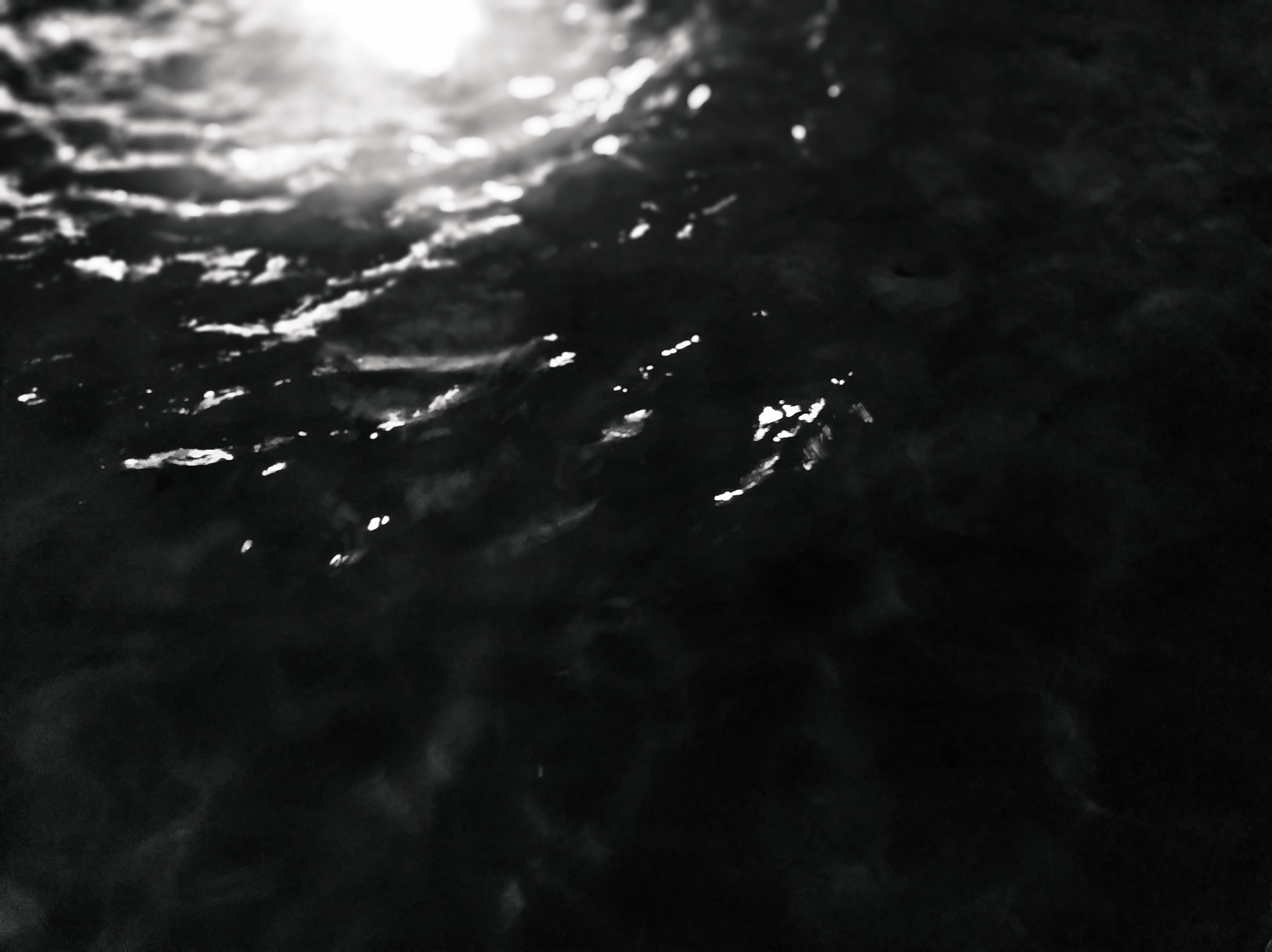Category: Senses
-

Enhance!
Since the early 1930s, electron microscopy has provided unprecedented access to the alien world of the extraordinarily small, revealing intricate details that are otherwise impossible to discern with conventional light microscopy. But to achieve high resolution over a large specimen area, the energy of the electron beams needs to be cranked up, which is costly…
-

Smell… Understand… Know…
A pair of researchers has used machine learning to understand what a chemical smells like – a research breakthrough with potential applications in the food flavor and fragrance industries. (1) But how can you understand smell without smelling something? How can you understand anything without knowing it first? Why would you seek knowledge about something…
-
Rough.
Most natural and artificial surfaces are rough: metals and even glasses that appear smooth to the naked eye can look like jagged mountain ranges under the microscope. There is currently no uniform theory about the origin of this roughness despite it being observed on all scales, from the atomic to the tectonic. Scientists suspect that…


You must be logged in to post a comment.